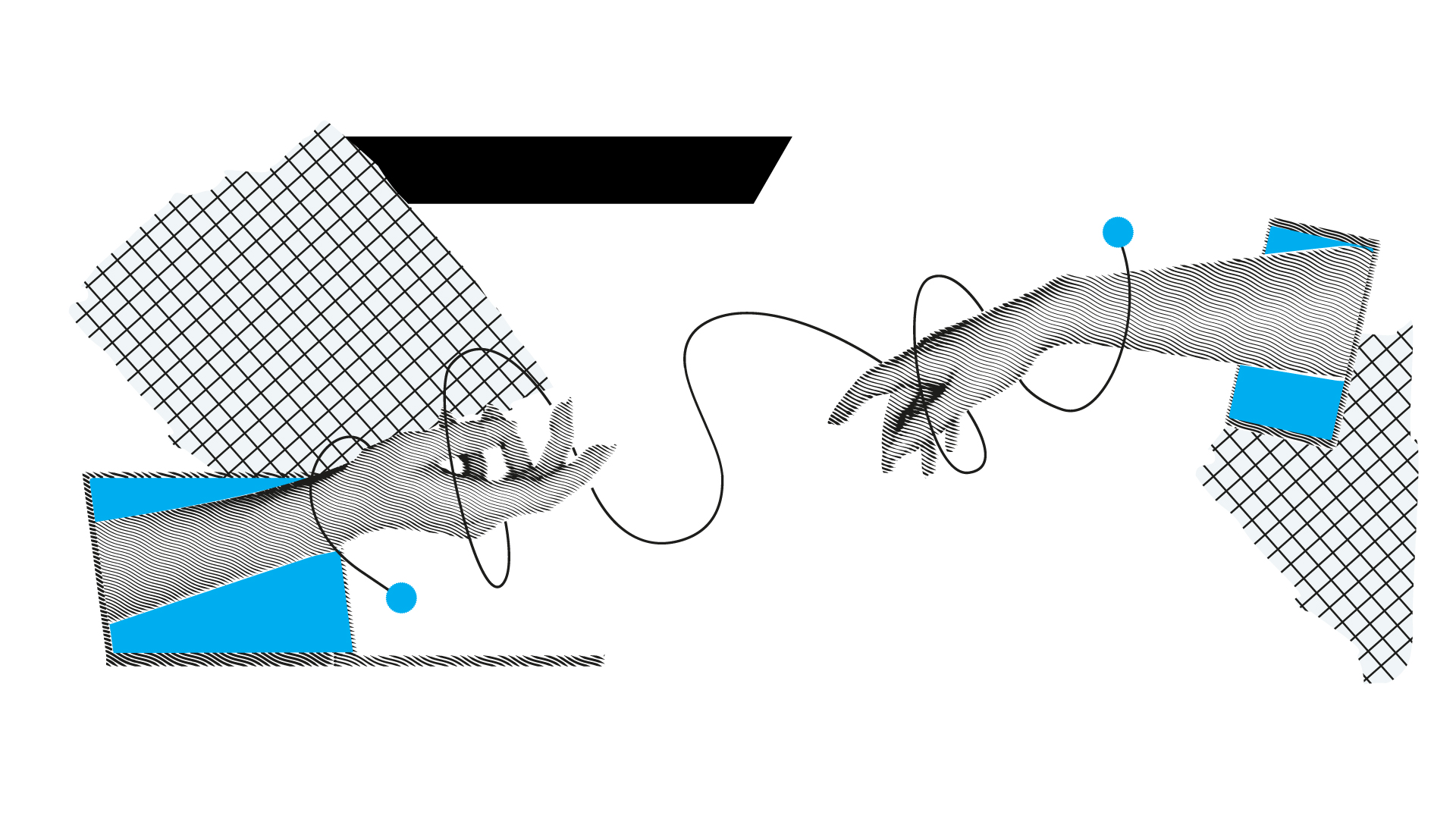When two brands collaborate towards a common goal, it can be a truly powerful move in today’s business world. It opens the door to a variety of benefits, such as increased reach, added credibility, and sharing resources to tackle challenges together. Here are some examples and advantages of such collaborations:
Co-marketing Campaigns
Two brands can collaborate on marketing campaigns to reach a broader audience. For instance, a company that manufactures fitness equipment and a fitness app can carry out joint promotions, offering discounts on each other’s products or services. This not only enhances exposure but also creates added value for customers.
Product Integration
Brands can integrate their products or services to enhance their offerings. Consider the collaboration between Apple and Nike, which resulted in the creation of the Apple Watch Nike+ edition. This merged Apple’s technology with Nike’s fitness expertise.
Cross-promotions
Brands can promote each other across various channels, such as social media, email marketing, or even in-store promotions. This can help both brands tap into each other’s followers or customer bases.
Shared Events or Sponsorships
Collaborating brands can jointly sponsor events, conferences, or community initiatives. For example, a tech company and an environmentally conscious organization could partner to sponsor a sustainability conference.
Resource Sharing
Collaborating brands can share resources and expertise. This might include sharing research and development costs, distribution channels, or even jointly creating content or products.
Crisis Management
When two brands face a crisis, they can join forces to effectively manage the situation. Their combined resources and expertise can help limit damage to their reputations.
Industry Advocacy
Brands can unite to advocate for changes or improvements across the industry. This joint effort can have a greater impact on legislators, policymakers, and the public.
Targeted Marketing
Brands can collaborate on philanthropic efforts or support a common cause. For instance, several fashion brands might join forces to raise funds for a charity through a special collection.
Market Expansion
Brands can together enter new markets, leveraging each other’s strengths and knowledge of the local market. This reduces the risks associated with entering a new market.
Innovation and Research
Collaborating brands can pool their resources for research and innovation. Pharmaceutical companies, for example, often collaborate on drug development to accelerate the process.
Successful brand collaborations are often based on shared values, complementary strengths, and a clear understanding of the common goal. Moreover, effective communication and a well-defined strategy are essential to ensure that both brands benefit from the collaboration. When done right, such partnerships can create a win-win situation for both the brands and their customers.
At Brand Junkies, we are keen to enter into collaborations or set up these partnerships for our clients. Want to know more? Please contact us.



